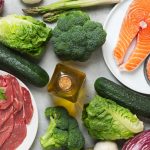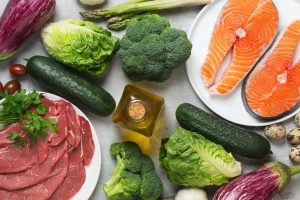How to read ingredient lists? What to pay attention to? What are the differences in nomenclature?
- The simpler ingredients, the better – if you have doubts, look for an alternative that doesn’t contain a given ingredient
- Not all E ingredients are bad
We often associate E numbers with artificial additives but this isn’t always the case. If you don’t know what E300 is for example – just look it up in USDA database. (By the way, it’s just provitamin C).
- The lower the slat, fat, and sugar content, the better.
- If you find a product with a strangely long expiration date, you better put it back on the shelf. It probably contains high amounts of preservatives and was processed so severely that its nutritional value was significantly lowered.
- Pay attention to ingredients, nutritional value, and price. Sometimes very similar products have completely different prices – why overpay?
- Peach yoghurt contains peach but peach flavored yoghurt probably contains only the aroma. Keep this in mind ?.
- Choose glass or paper packaging. Some types of plastic can negatively affect your health. Moreover, glass and paper can be recycled.
- Look for products with vitamins and minerals. Often the vitamin and mineral content is supposed to attract buyers but is, in fact, very low while the sugar content high. Make sure that the product is worth it.
- About sugar – it isn’t always called sugar. It could be sucrose, dextrose, corn malt, high-fructose corn syrup, maple syrup, or just lactose.
- Eco products aren’t necessarily all that great. Check the salt and sugar content as it might be an unpleasant surprise.
In conclusions, paying closer attention to ingredient lists is well worth your time. Do you already do it or don’t want to bother?
More information about knowing your food here!















Add Comment